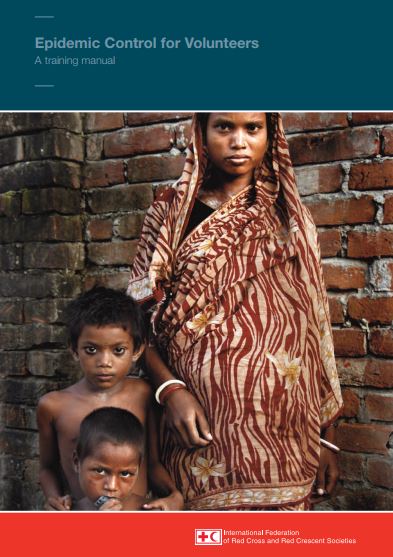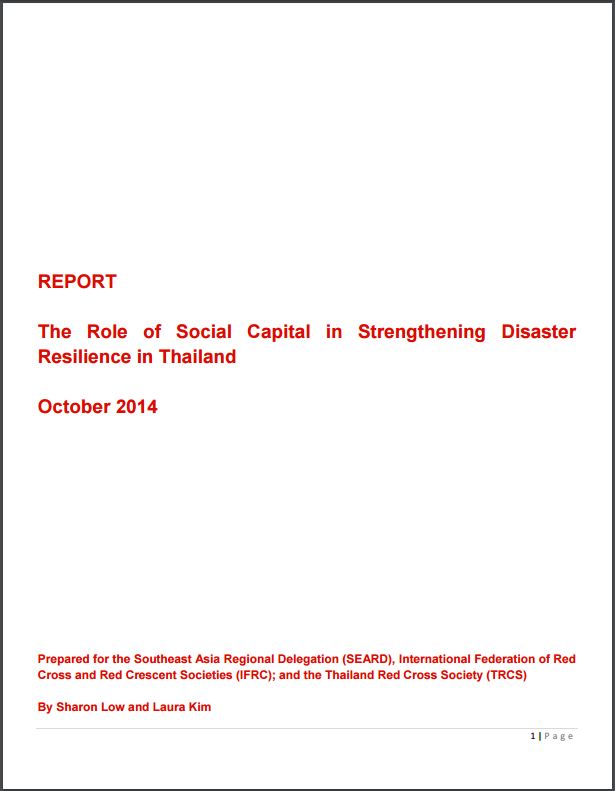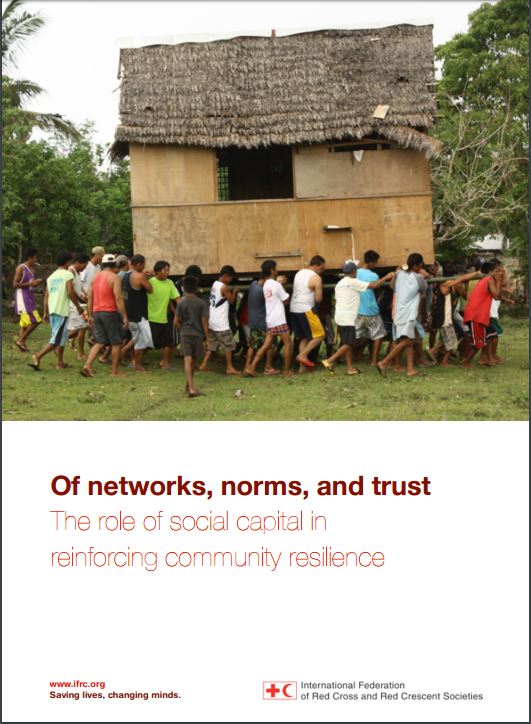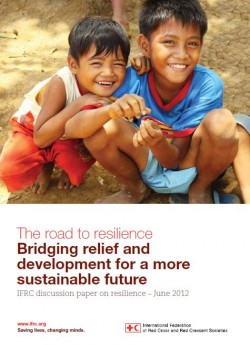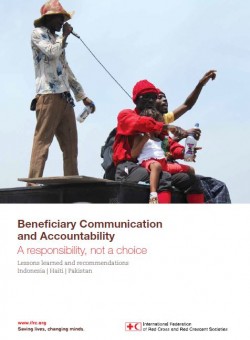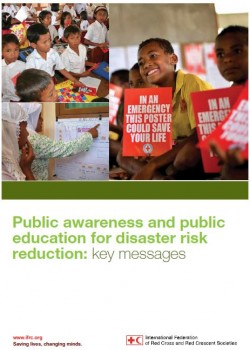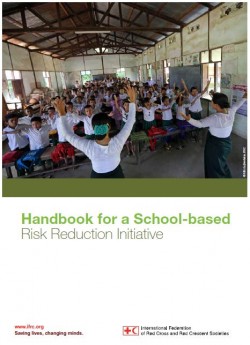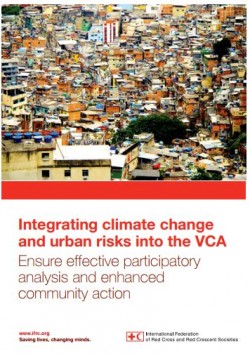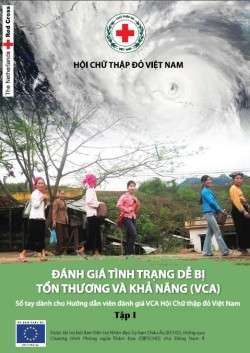Purpose
This toolkit is designed to guide actions in response to epidemics. It consists of three major components: disease tools, which describe the diseases that can cause epidemics; action tools which describe actions that need to be taken in epidemics; and community message tools which provide important information for the community.
Overview
Three steps have to be followed to use the toolkit:
- Step 1: Find the card that matches the disease the local health authorities have said is causing the epidemic. Remember what causes the disease, how it is transmitted, what symptoms it causes, how it is prevented and controlled, and what volunteers can do to help.
- Step 2: Find the appropriate action tool by matching its number with that of the disease tool. Identify the vulnerable members of the community, know the source and cause of the epidemic, and rely on these cards for specific actions to help people during the epidemic.
- Step 3: Match the numbers on the front of the chosen action tool with those on the correct community message tool. The tools need to be read carefully to ensure understanding, and then should be shared with other members of the community so that, in any epidemic, everyone knows what to do, and what not to do.
- A list of disease tools with corresponding actions can be found on pp. 78-79.
Usage: Training; Guidance for project implementation
Themes: Response / relief; Community-based or community participation; Health; Information, Public awareness and public education /Education and Communication; Institutional preparedness; Epidemic Control; Communicable disease; Project/programme planning
Audiences: Technical staff; Volunteers
Citation: International Federation of Red Cross and Red Crescent Societies (2008). Epidemic Control for Volunteers: A Training Manual (pp. 1-109).
![]()


